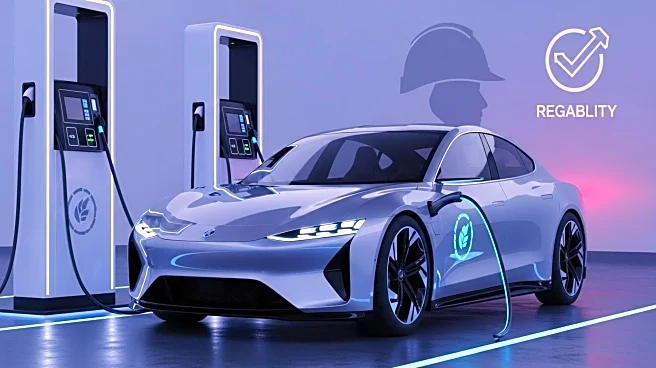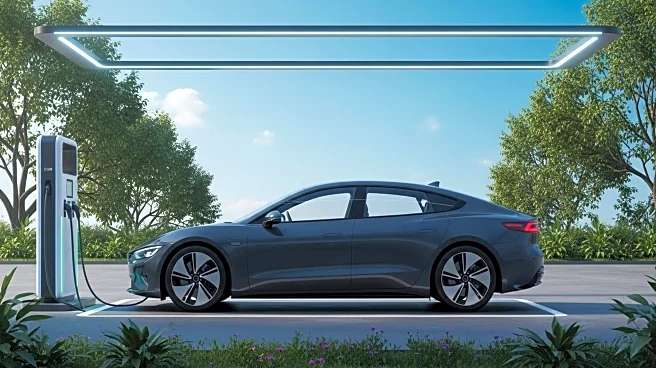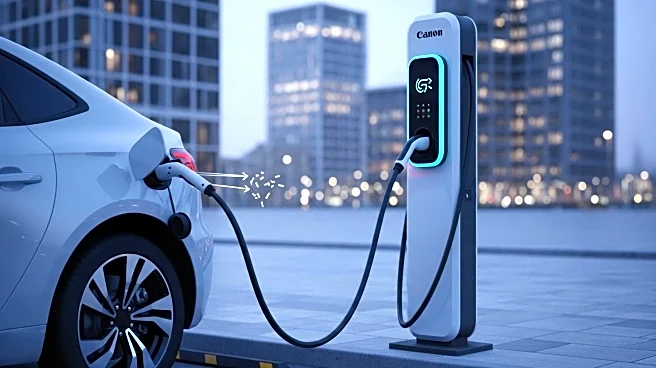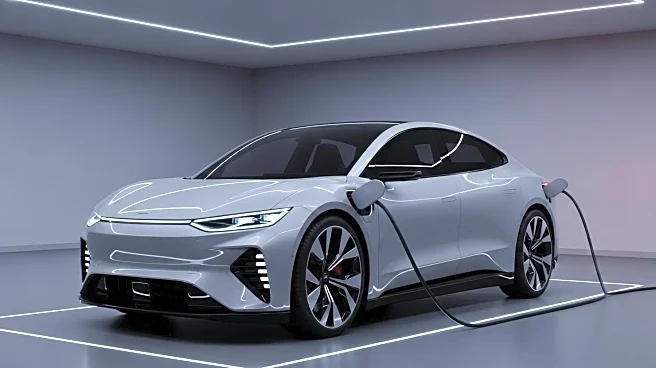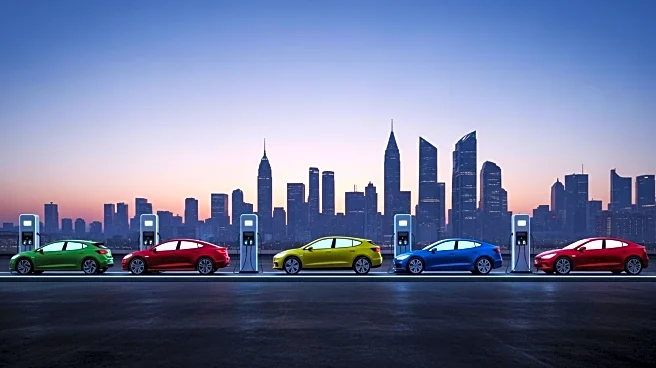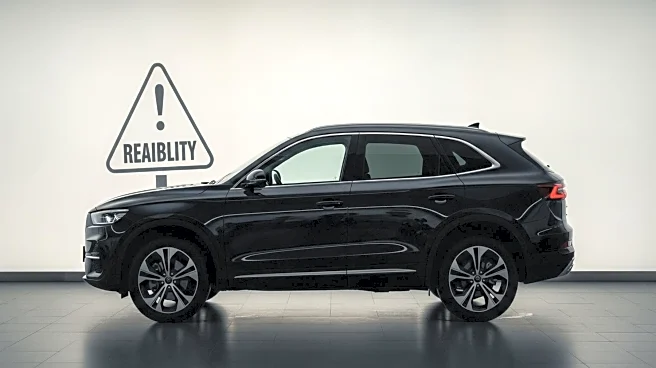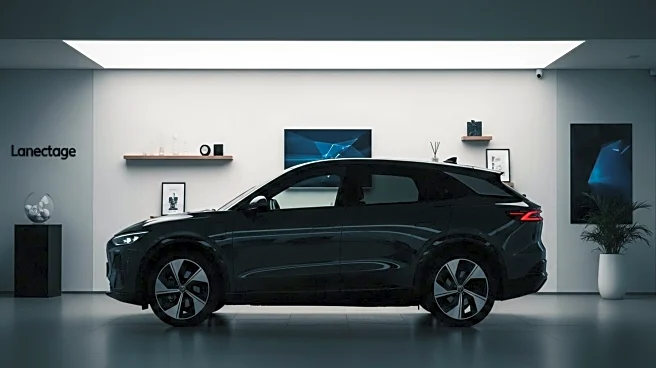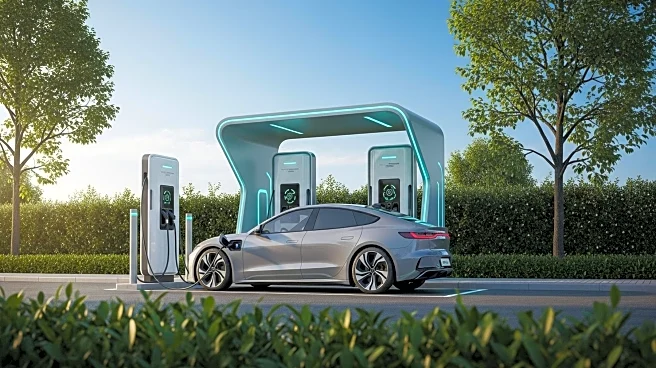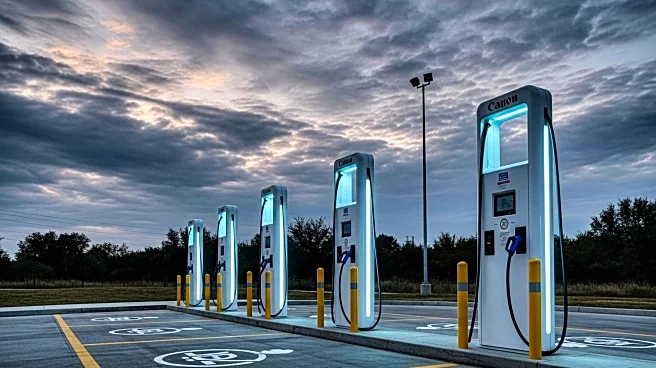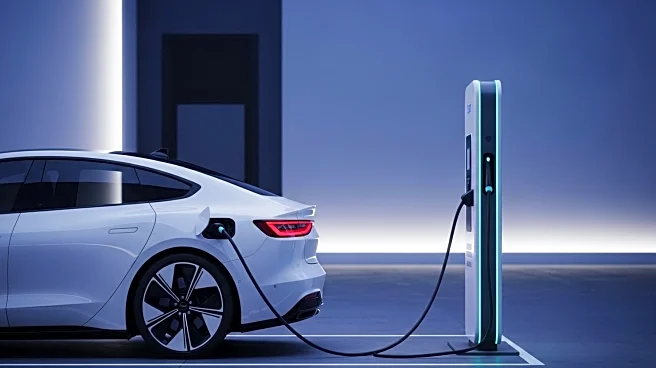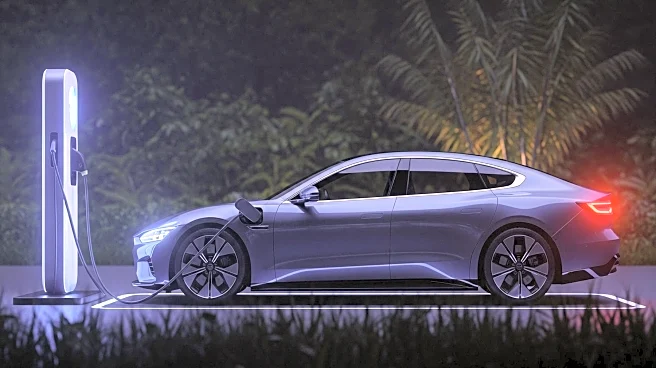What is the story about?
What's Happening?
Consumer Reports has released a list of the top-performing electric vehicles (EVs) for 2025, focusing on safety, reliability, and overall performance. The list categorizes EVs into five segments, providing recommendations based on the highest scores in each category. This approach aims to guide consumers in selecting EVs that meet their needs for daily driving, emphasizing the benefits of lower ownership costs, quick acceleration, and quiet rides. The report highlights the shift towards EVs as ideal daily drivers, despite some enthusiasts missing traditional features like manual transmissions and exhaust notes.
Why It's Important?
The identification of top EVs by Consumer Reports is significant as it provides consumers with reliable information to make informed purchasing decisions in the growing EV market. As the automotive industry shifts towards electrification, consumers are increasingly seeking vehicles that offer safety, reliability, and performance. This report helps bridge the gap between consumer expectations and market offerings, potentially influencing purchasing trends and encouraging manufacturers to prioritize these attributes in their EV designs. The focus on safety and reliability also underscores the importance of these factors in the broader adoption of EVs.
What's Next?
As the EV market continues to expand, manufacturers may respond to Consumer Reports' findings by enhancing their vehicle offerings to meet consumer expectations for safety and reliability. This could lead to increased competition among automakers to produce top-performing EVs, potentially driving innovation and improvements in technology. Consumers can expect more options that align with the criteria set by Consumer Reports, influencing market dynamics and possibly accelerating the transition to electric mobility.
Beyond the Headlines
The emphasis on safety and reliability in EVs may lead to broader discussions about the future of transportation and the role of electric vehicles in reducing environmental impact. As consumers become more aware of the benefits of EVs, there may be increased advocacy for supportive policies and infrastructure development to facilitate the transition to electric mobility. This could include investments in charging networks and incentives for EV adoption, contributing to long-term shifts in transportation and energy consumption patterns.
AI Generated Content
Do you find this article useful?
